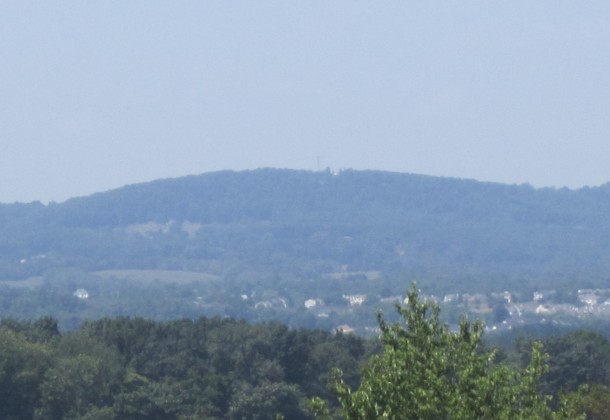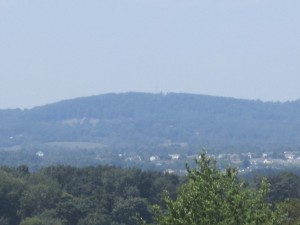SoMd Growth Slows, Falls Behind DC Suburbs


The Census Bureau reported 2013 growth estimates this week that show the majority of Maryland’s population growth continues to occur in the four suburban jurisdictions of Montgomery, Prince George’s, Anne Arundel and Baltimore counties, according to an analysis of recently released population estimates for July 1, 2013 from the U.S. Bureau of the Census.
For most of the 2000s, Southern Maryland led the state in population growth rate, but since 2010, the region’s growth has slowed. In the just-reported period, Southern Maryland fell just below the Washington suburbs with the second largest percentage gain (3.7% versus 3.8%) in the state.
Maryland’s 2013 population gain was ranked 14th among the 50 states and the District of Columbia. The Census estimates indicate that population mobility is still limited from the recession, which lasted from December 2007 to June 2009, and the collapse of the overheated housing market of the mid-2000s, according to Maryland Department of Planning (MDP) demographers.
Almost half of an approximate 44,000 population growth from July 2012 to July 2013 period came from Montgomery (12,209) and Prince George’s (8,662) counties, Maryland’s two largest counties. Other growth areas were Anne Arundel (5,568), Baltimore (5,333) and Howard (5,224) counties. Growth was attributed to gains from natural increase (births minus deaths) as well as international migration.
Reduced mobility impacted growth in rural Western Maryland and on the Eastern Shore, which had grown from the migration of residents from other parts of Maryland. Conversely, the greatest positive impact was on the inner suburban counties, which experienced fewer people leaving their jurisdictions compared to the high levels experienced in the mid-2000s.
The city of Baltimore’s estimated population loss of 313 in 2013 was a marked turnaround from the 1,430 gain in the prior year. The loss was due to continued movement of people from the city to other regions. Yet, despite the most recent loss, Baltimore’s population has increased by about 1,000 from April 1, 2010 to July 1, 2013.
Four mostly rural counties also experienced population declines. Allegany, Kent, Queen Anne’s and Talbot counties experienced a combined 650-person drop in population, with the largest decline occurring in Allegany County (-348).
While four out of the five jurisdictions with population losses in 2012/2013 were in Western Maryland or on the Eastern Shore, the slowdown in growth in these two regions started with the collapse of the overheated housing market and the recession. The largest share of statewide growth for Western Maryland and the Eastern Shore occurred in 2006 and 2007, when their combined share was nearly 30 percent. By 2012-2013, their share of statewide growth was just under 2 percent.
Housing costs, MDP analysts say, are a main driver or limiting factor for population movement. Rising home prices in the middle of the last decade led people to migrate to outer suburbs or exurban jurisdictions to find less expensive housing. When housing prices fell and unemployment grew, household mobility was greatly reduced, leading to fewer people migrating from Maryland’s inner suburbs to areas farther from cities.
Source: Maryland Department of Planning






















This explains a lot. It’s time to step out and diversify in a more meaningful way here in St. Mary’s Co. I think a push to create a Chesapeake wide plan to promote tourism via the water would help. Chesapeake Orchestra is a good place to start. We could be the next Tanglewood. THere could be destinations around the Bay with concerts, environmental and art venues supported by restaurants and lodging, and ferry boats. Leonardtown could be one of the major destinations with a Md histor/art museum in the old beautiful bank building (monthly or weekly small concerts), concerts on a barge down by the port, and art exhibitions. Historic St. Marys City, Mulberry Fields, St. George’s Island, Woodlawn, Solomon’s Island, historic destinations on Tidal Potomac and Eastern Shore, would complete the loop. Maybe we could maybe get organizations like the Chesapeake Bay Foundation and some state and federal support to participate. The emphasis would be on our most important asset, the water. Right now a land grab is taking place concernng fisheries and oystering on the Bay region. We should make sure big industry doesn’t snuff out our local watermen and with it, the health of the Chesapeake Bay. It is our public asset. It should not belong to private industry.